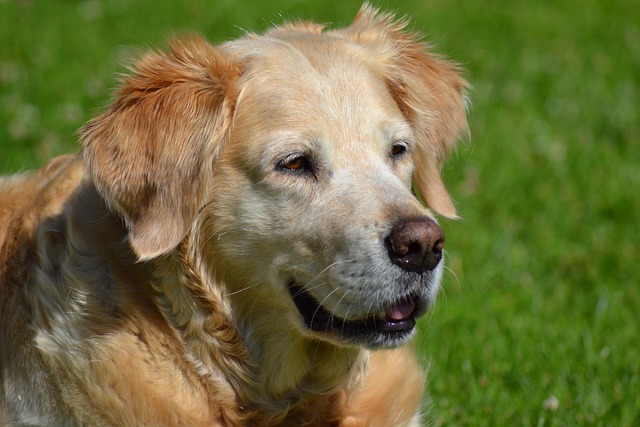
How do i train my dog to be obedient?
Watching your dog dart across the park ignoring your calls isn’t just frustrating—it can put them at risk near busy streets or public spaces.
You’ve just welcomed that adorable Golden Retriever puppy into your Brooklyn apartment, only to discover your hands now resemble Swiss cheese – those needle-sharp teeth seem magnetically drawn to fingers, sleeves, and furniture legs. While this feels endless, take heart: developmental biting typically peaks between 3-6 months during teething and *significantly decreases by 8-10 months* with proper guidance. But here’s the nuance – that mouthy Labrador retriever might still gently mouth your hand during play at age two, while a rescue terrier with poor early socialization could show fear-based biting at any age. Your role isn’t passive waiting; it’s actively sculpting bite inhibition skills through ethical, science-backed methods.
Biologically, puppies explore the world through their mouths like human babies, with undeveloped impulse control. The magic lies in operant conditioning. When your Labradoodle’s teeth graze skin during play, emit a high-pitched "OW!" (mimicking a hurt littermate), freeze instantly for five seconds, then redirect to a frozen carrot or rubber Kong. This teaches that gentle mouths keep fun alive while pain ends the game. Critically, physical punishment backfires. Tactics like squeezing jaws or alpha rolls increase fear-based aggression and violate modern animal welfare standards across the EU and US states like California. Positive reinforcement builds trust during this fragile developmental window.
Integrate training into daily urban life. For apartment pups, stash high-value chew toys in every room – when they ambush your ankles during Zoom calls, instantly swap your leg for a yak milk chew. During the brutal teething phase (4-6 months), freeze wet washcloths as soothing alternatives to your antique table legs. Practice daily handling exercises: reward calm acceptance of paw touches with chicken bits to prevent future vet-visit nips. Leash train early using front-clip harnesses; an untrained adolescent German Shepherd lunging in a Seattle elevator becomes a liability without these foundations.

This journey ties directly to non-negotiable community responsibilities. Puppies lack full vaccination until 16-20 weeks – avoid Portland dog parks or high-risk sidewalks until your vet clears them (parvo kills!). Scoop every tiny poop immediately; NYC fines start at $250 for uncollected waste, and diseases spread in shared corridors. Leash laws bind even 8-week-old Corgis – that six-foot lead isn’t optional in public spaces. Keep rabies vaccines and county licenses current; an unvaccinated bite incident in Chicago could mandate a 10-day quarantine. In apartments, use white noise machines during crate training to muffle whining during neighbor quiet hours (10pm-7am).
Most puppies outgrow obsessive mouthing by 10 months, but adult bite prevention requires lifelong vigilance. Teach "leave it" for resource guarding scenarios like stolen pizza. Recognize subtle stress signals – a whale eye or stiffened body means "give space" before escalation. Never allow children to approach sleeping dogs in cramped urban bedrooms. Remember: patience transforms those piranha tendencies. When your terrier chooses a toy over your ankle or swaps nipping for licks, celebrate. With consistent bite inhibition training, your once-landshark becomes a gentle companion – welcome in pet-friendly breweries and apartment complexes alike.

Watching your dog dart across the park ignoring your calls isn’t just frustrating—it can put them at risk near busy streets or public spaces.

New puppy owners often find themselves rushing to clean up accidents before they set in, and that’s where puppy pad training becomes a game-changer.

If you've noticed your dog's waistline disappearing and your veterinarian has mentioned those few extra pounds, your first instinct might be to simply reduce the amount of food in their bowl.

Training a dog to use a designated spot indoors isn’t as daunting as many new owners fear, but it does take consistency and an understanding of your pet’s needs.

That moment of dread on a walk is all too familiar for many new dog owners. You see another dog approaching down the sidewalk of your neighborhood

If the sight of another dog on your neighborhood walk makes your heart sink as your own dog erupts into a frenzy of barking and lunging, you're not alone.